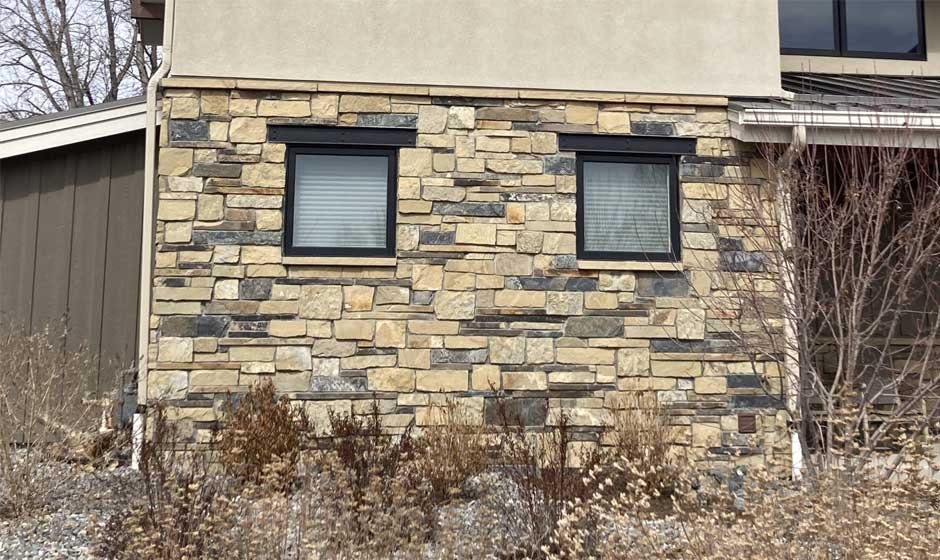Skip to the good bit
ToggleAdding stone veneer is one of those home updates that looks way more complicated than it actually is—once you know what you’re doing. But with so many options out there, it’s easy to get overwhelmed or end up with something that doesn’t quite fit your style or last the way you expected it to. Different types of stone veneer each have their own quirks, costs, and installation challenges, so knowing what you’re getting into can save a ton of time and hassle. Whether you’re putting it on a fireplace, an outside wall, or just using it as an accent, there are a few things you need to know before you commit. Because once it’s up, swapping it out isn’t exactly quick or easy.
Choosing Between Natural and Manufactured
The first big choice you’ll face is whether to go with natural stone veneer or the manufactured kind. Natural stone veneer is real stone that’s sliced thin so you can stick it on like tile. It has an authentic, earthy aesthetic that’s hard to beat, and every piece is one-of-a-kind. But keep in mind, it’s usually heavier and pricier, which can make installation a bit more challenging.
Manufactured stone veneer is a different thing entirely. It’s made from a mix of concrete that’s shaped and colored to mimic real stone. It’s much lighter, easier to install, and you get tons of options in terms of styles and colors. If you’re tackling this yourself or want to keep the budget in check, manufactured veneer is probably the smarter pick.
Where You’re Putting It Matters
Where you plan to install your stone veneer is one of the main deciding factors that will affect your choice. If you’re putting it inside your home, like adding it to walls or building a fireplace mantel, you’ve got a lot more wiggle room because it’s protected from weather.
But if you’re going to use it outside, you’ll want to pick something made to handle the elements. That means making sure it can deal with moisture, freezing and thawing, and that there’s good drainage behind it so water doesn’t get trapped. It’s essential to double-check these things before you start.
Finding the Right Look and Feel
Stone veneer is made in all kinds of looks, from sleek and smooth to rough and rugged. The key is picking something that actually fits with the rest of your space. If your style is more minimalist, a soft gray or cream with a clean finish usually matches perfectly.
But if you’re going for a more traditional or craftsman-style aesthetic, earthy tones and textured layers can bring more of a natural and lived-in feel. Just try to avoid anything too trendy that might feel dated down the road—it’ll be a major project to replace once you’ve already installed it.
What to Expect When It’s Time to Install
Some stone veneer options are easier to install than others. Panels with interlocking edges usually go up quicker and take the guesswork out of fitting pieces together, while working with individual stones typically requires mortar and more time and patience to install. If you’re hiring a pro, ask them what materials they prefer working with.
And if you’re tackling it yourself, be ready for the prep work, especially if you’re installing it outside. That can include setting up moisture barriers and figuring out cleanup. If you’re pulling off old siding, tile, or other junk, renting a dumpster can make the whole cleanup way simpler. It lets you easily dispose of large amounts of waste without running back and forth to the dump.







